The Australians who are supercharging the world’s largest fashion houses
Through talent, tenacity and ingenuity, Australians have landed dream jobs at luxury brands like Loewe, Schiaparelli and Burberry. Here’s how they did it.
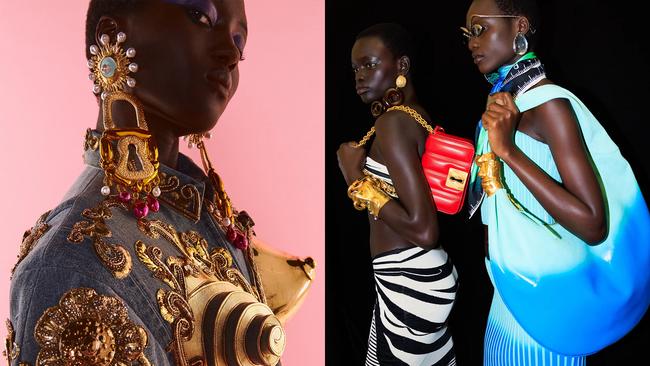
Talisa Trantino doesn’t have an off switch. “I can push so many ideas out, and often too many, so heritage can be really grounding in a luxury house,” the Melbourne-born designer says. Now based in Paris, Trantino is head of design jewellery and creative projects at Loewe, creating the surrealist and sublime finishing touches that appear on runways for the Spanish house. She got the job after consulting for Bottega Veneta, Wales Bonner and Repossi and is one of the most prominent young Australians working in global fashion right now.
“Some of the houses I have worked for are over 150 years old, and it’s a real balance to respect the heritage but also work with creative directors who will completely reinvent the story,” she says, citing Jonathan Anderson, whose triumphant 11-year tenure at Loewe ended in March.
Across town from Trantino’s office on Place Saint- Sulpice, through the labyrinthine Parisian streets and over the Seine, is the Schiaparelli atelier at Place Vendôme, where Perth-raised designer Tim Watson works every day. He started at the label in 2019 and is head of creative projects, under the creative direction of Daniel Roseberry, accompanying him through its post-pandemic success and expansion into ready-to-wear.

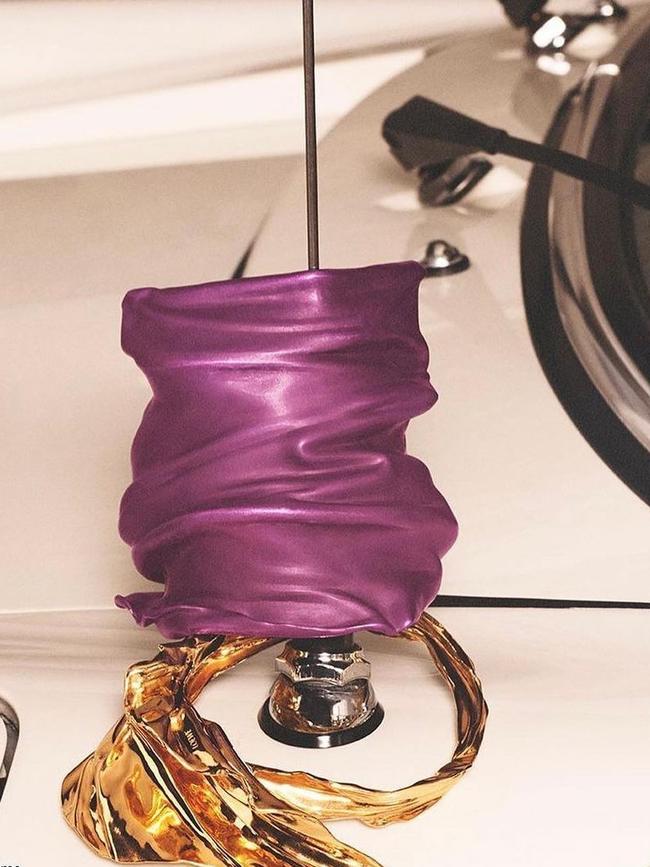
“Winning the Australian Fashion Foundation [AUSFF] Scholarship took me to New York, where I interned at Thom Browne,” Watson says of receiving Australian fashion’s top incentive for new designers in 2012, winning a US$20,000 grant and an internship at a label overseas. “After my internship, they offered me a job, and I had the incredible opportunity to work closely with Daniel [who was at Thom Browne at the time], becoming his right hand and working with him every day.” When Roseberry was appointed at Schiaparelli, Watson followed, with his design remit initially encompassing shoes and accessories. Now it involves working with Roseberry on Schiaparelli’s elaborate haute couture, as well as conceptualising shows and store spaces for the brand – in his words, “expanding the world Daniel is building at Schiaparelli”.
Trantino won the same scholarship in 2013. “The European [fashion] industry felt really far from reality in Australia, and the AUSFF really helped me to open that door,” she recalls. Her job and résumé represent a full-circle moment for someone who can remember making clothes for her Barbies as a child and obsessing over John Galliano and Alexander McQueen. “I didn’t know how my career would evolve, and in many ways, I feel the same today,” she says.
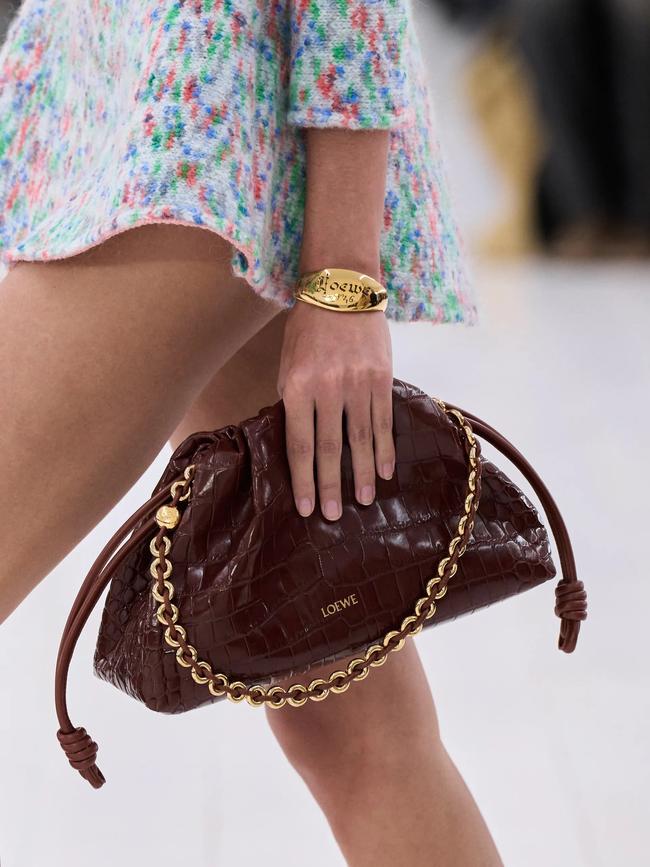
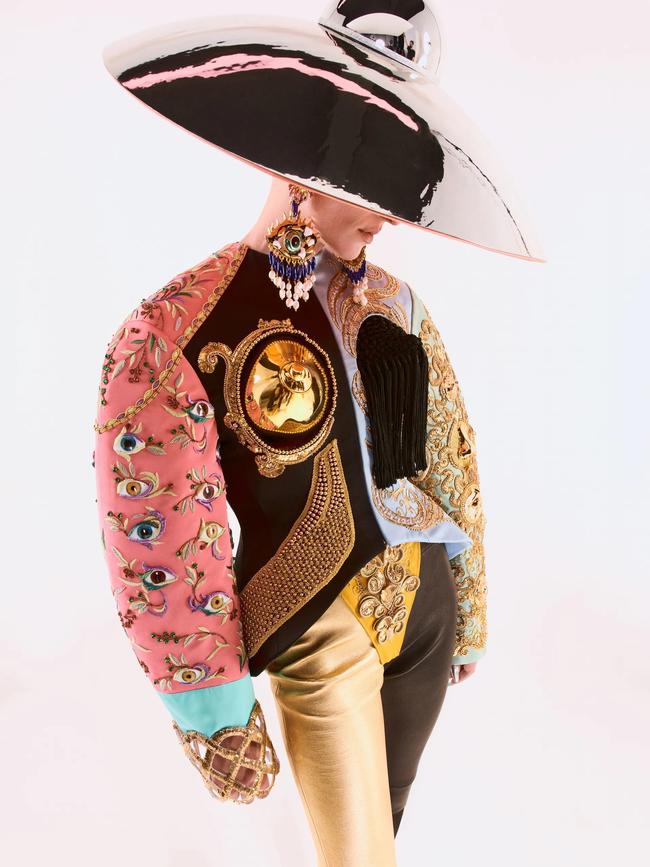
Australians, creative or not, have a shared experience: growing up in our secluded island home has its advantages, but comes with a hankering to see what the world has to offer. Intrepidness is synonymous with our national identity, and for that reason it’s no surprise a network of Australian designers is cropping up at major fashion houses in authoritative roles powering the multibillion-dollar industry. Amid unprecedented changes – at the time of writing, at least 15 major houses have appointed new creative directors since late 2023, driven by an uncertain economy – fashion seeks new ways to attract customers. The adventurous spirit and unique creativity of Australians are now in high demand.
Across the Atlantic from Paris, Australian designer Vlad Kanevsky is hitting strides as a senior womenswear designer at Thom Browne. “Coming from the outer suburbs of Melbourne, the fashion world I diligently followed in Vogue seemed so far away,” he explains. After studying fashion at the Royal Melbourne Institute of Technology, Kanevsky was selected as a winner of the AUSFF Scholarship in 2015. With the help of Watson, who was at the brand at the time, he arrived at Thom Browne in 2016 and began working on haute couture and menswear for the brand. Now he works with Browne, producing the label’s sportswear-edged fine tailoring for womenswear. “I’ve always had a deep passion for tailoring, so joining a brand where the classic grey suit is a pillar of its design identity felt incredibly fortuitous,” he says.
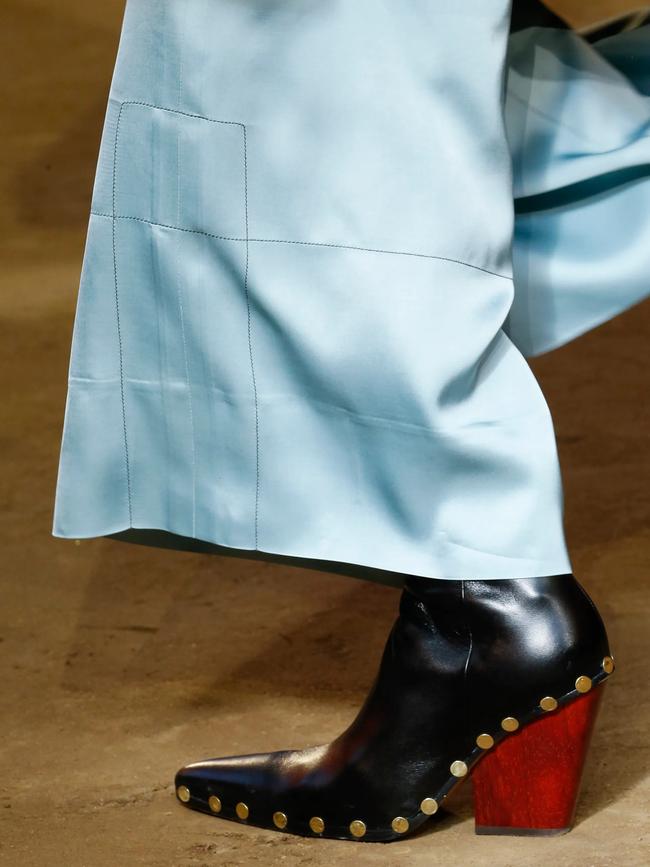
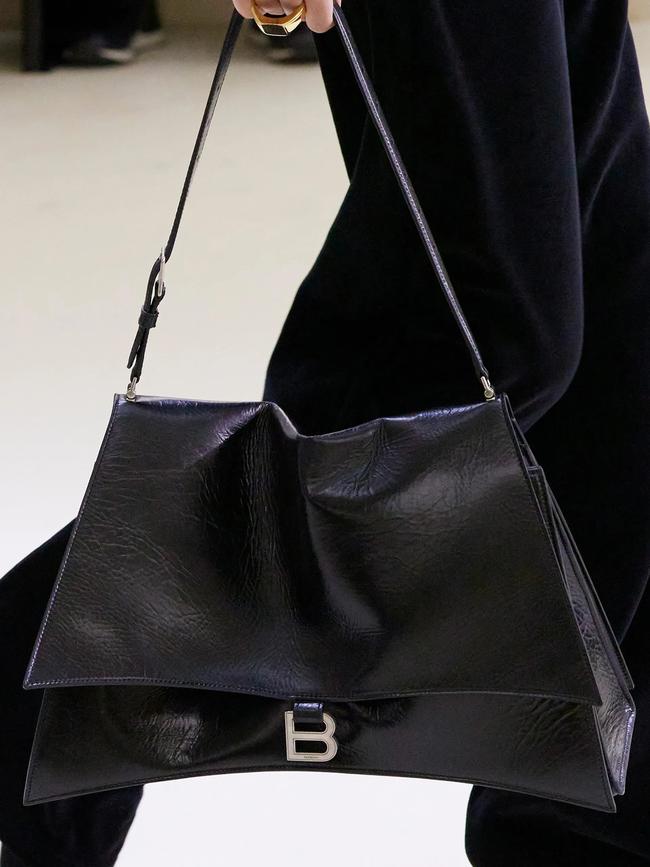
Kanevsky says his trajectory would’ve been much harder without financial aid. For him, the AUSFF scholarship levelled the playing field and shouldered costs for living overseas in a fashion capital.
Founded by New York-based Australian consultant Malcolm Carfrae and businesswoman Julie-Anne Quay in 2009, the scholarship has helped Australia’s best emerging designers – Watson, Kanevsky, Trantino and Alexander Oscar Kelvy, a footwear designer who has worked at Givenchy and other brands under LVMH, included – facilitate a path to fashion’s top echelons. “I’m honestly not surprised so many of our alumni have had such stellar success,” Carfrae says. “I’m more surprised when they don’t because of their sheer talent.” The scholarship, he says, has provided 28 placements since 2009, with recipients landing internships at Oscar de la Renta, Calvin Klein and Proenza Schouler. “This makes me immensely proud.”Other Australians working at large fashion houses found success through different paths. Reshma Ghedia, a costing management director in leather goods, who has worked in directorial roles at Burberry and Balenciaga, spontaneously fell into luxury fashion as a young adult after moving to Italy on a whim in her mid-20s, working behind the scenes on the business and product side.
“Fluency in Italian was a non-negotiable requirement, and at that time, few English speakers in fashion were willing to relocate to a small Italian manufacturing town,” she says. Over the past 11 years, she’s secured positions at Céline and Balenciaga and eventually became leather goods collection director at Burberry in October 2024, owing to being multilingual and geographically flexible. “Australians bring a uniquely unrestrained perspective to global fashion,” she explains. “We aren’t limited by conventional thinking about what should or can be done. Often, the novelty of our accent and our other side-of-the-world origins create openings that might otherwise be inaccessible.”

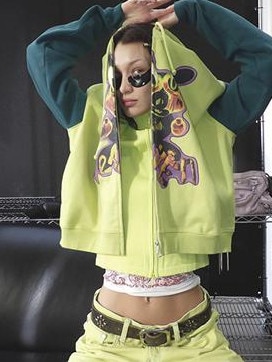
Watson, who works in one of Paris’s most storied couture houses, agrees. “To be honest, the accent is an asset; it’s conspicuous in a non-threatening way,” he says. “I see it in everything from meetings to model castings – the Aussies always stand out.”
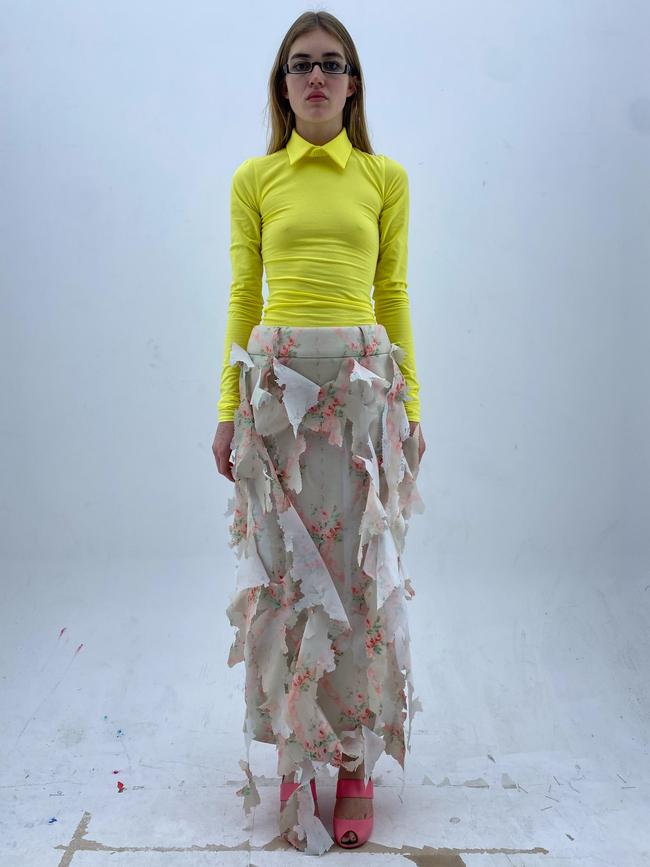
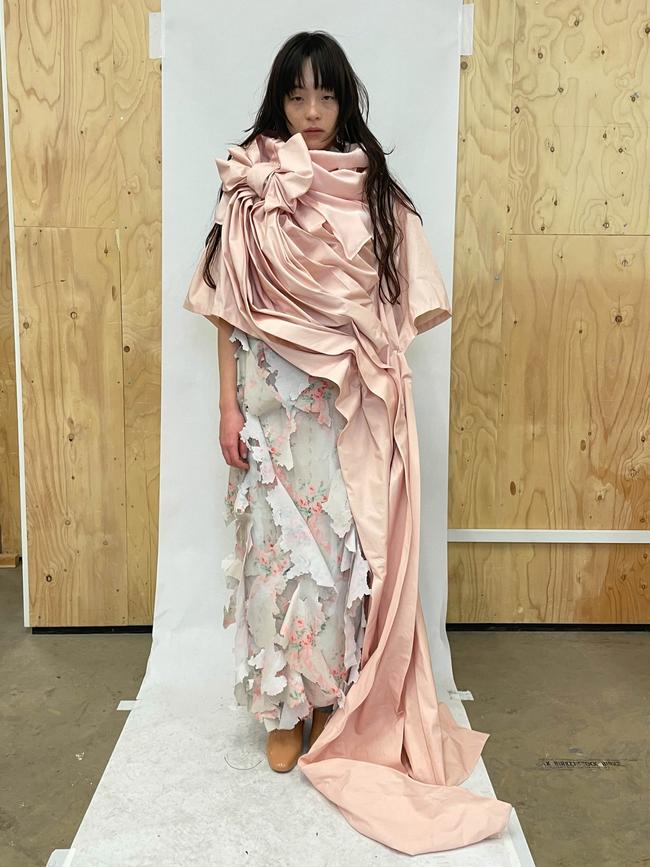
For many Australian designers, a role at an international fashion house is something to covet. Sydney-raised creative director Elliot Shields, who worked as a graphic designer on Marc Jacobs’s 90s-tinged Heaven diffusion line alongside Australian creative director Ava Nirui, shares another perspective. He says fostering community overseas and making genuine connections is an alternative path into the industry. “Anyone seeking to work specifically for a major brand is maybe looking at things the wrong way,” Shields posits. “If you follow through on your ideas and find people who you support, who can support you, that is the way to move forward. Exist in that world and opportunities will appear.”
The journey of Melbourne-born designer Phoebe Pendergast, who finished her masters degree at Central Saint Martins last year, fits that narrative. Her graduate collection, which showed on the runway last February, embraced her youthfully insouciant personal style through deconstructed officewear. Two days later, she was offered a design position at Ashley Williams, the independent London label known for its colourful and spirited explorations of girlhood. It felt like a natural alignment. “Ashley told me she loved my MA collection, which was hugely gratifying to hear coming from her,” Pendergast says.
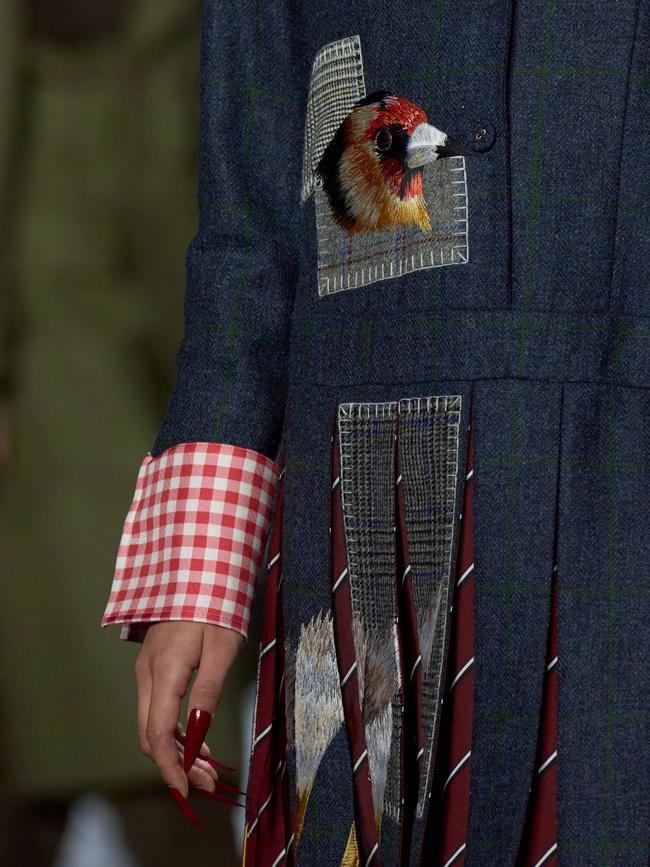
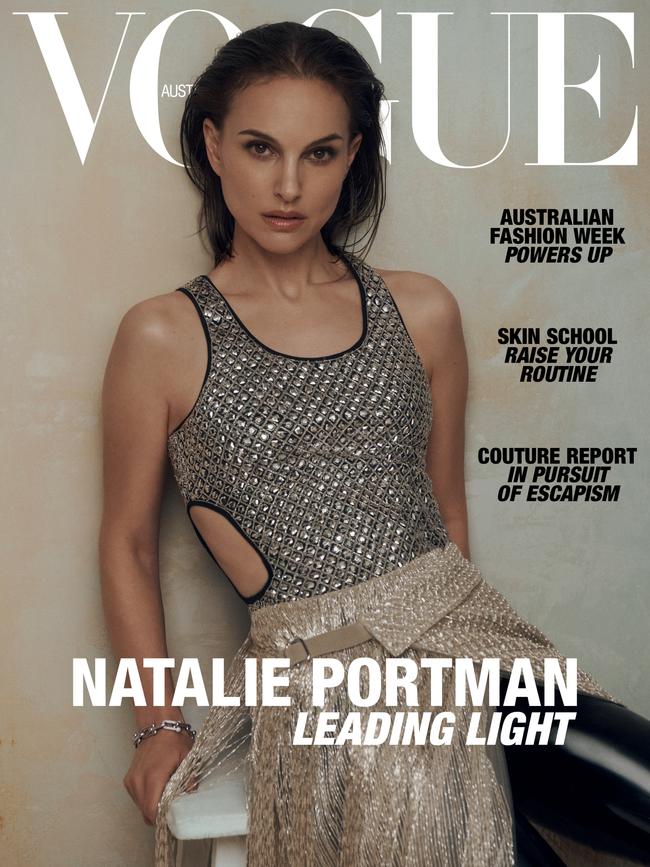
Wins like these are always worth celebrating, not least when you’re a long way from home. Kanevsky can recall the moment in 2017 when he told his parents, 16,000 kilometres away, that his internship had resulted in a full-time role at Thom Browne. “They both were jumping for joy and, in that moment, I really did feel like my dreams were coming true,” he recalls.
For Watson, every day has been a pinch-me moment since arriving at Schiaparelli and working within some of the haute couture world’s most hallowed walls. But that feeling is tempered with a real-world responsibility. “To be able to function, I do compartmentalise that emotion – bringing it out on occasion – since every dream-come-true moment comes with the responsibility to rise to the occasion,” he says. “That said, I’m a firm believer in practising gratitude as a way to stay grounded but also feel the magic.” Grounded and persistent but in perpetual motion and constant pursuit of fantasy – all qualities synonymous with luxury fashion’s top labels, and Australia’s top creatives.
This story is from the May issue of Vogue Australia. On sale now.

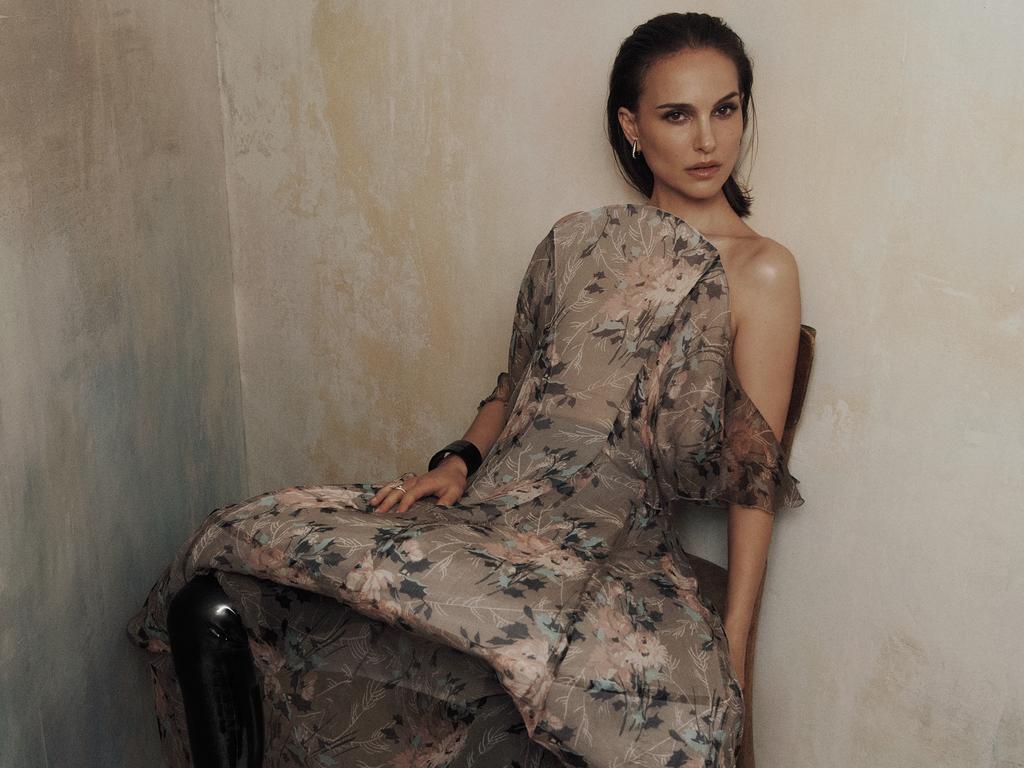


To join the conversation, please log in. Don't have an account? Register
Join the conversation, you are commenting as Logout